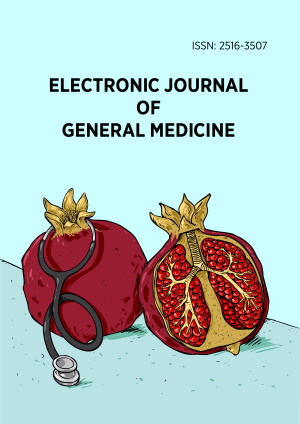Abstract
Background: The rapid development and deployment of coronavirus disease (COVID-19) vaccines have been crucial in mitigating the pandemic’s impact. However, the incidence of side effects following vaccination, especially among healthcare providers, raises concerns that must be addressed to maintain healthcare delivery and vaccine uptake. This study aims to assess the prevalence and nature of post-vaccination side effects among healthcare providers in Saudi Arabia and to explore how speciality influences these reactions.
Materials and methods: A cross-sectional survey was conducted among 386 healthcare workers across Saudi Arabia from January to December 2023. Participants included medics and paramedics who had received at least one dose of a COVID-19 vaccine. Data were collected using a structured questionnaire covering demographic information, vaccine type, number of doses, and post-vaccination symptoms. Statistical analysis involved Chi-square tests to explore the associations between demographic factors and the impact of post-vaccination symptoms on work.
Results: Most healthcare providers experienced mild to moderate side effects, with the most common being injection site pain, headaches, and fever. A significant proportion of the respondents reported symptoms severe enough to affect their work capacity. No significant differences were observed in post-vaccination symptoms among different ABO blood groups. However, a notable gender difference was observed, with females more likely to report an impact on work capacity.
Conclusions: The study highlights the commonality of post-vaccination symptoms among healthcare providers and their impact on their work capacity. It underscores the importance of tailored health communications and interventions that address the specific needs of healthcare providers to manage post-vaccination symptoms effectively. Future research should focus on longitudinal studies to track symptoms’ duration and evolution and explore gender-specific responses to vaccination further.
License
This is an open access article distributed under the Creative Commons Attribution License which permits unrestricted use, distribution, and reproduction in any medium, provided the original work is properly cited.
Article Type: Original Article
ELECTRON J GEN MED, Volume 22, Issue 6, December 2025, Article No: em694
https://doi.org/10.29333/ejgm/17180
Publication date: 01 Nov 2025
Online publication date: 01 Oct 2025
Article Views: 1309
Article Downloads: 850
Open Access References How to cite this article
 Full Text (PDF)
Full Text (PDF)